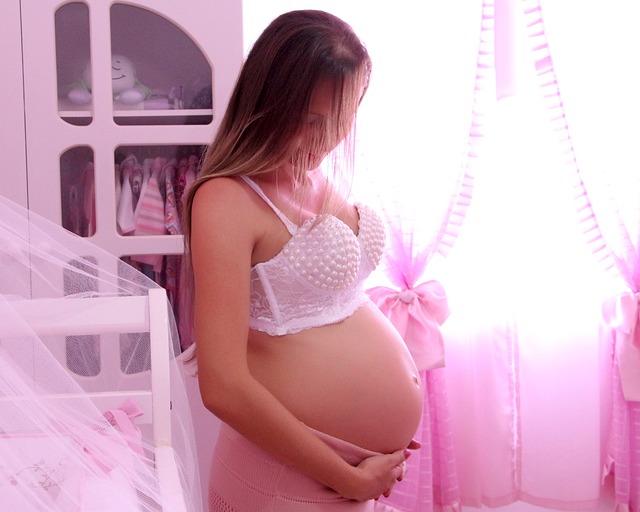Feeding your little one can feel overwhelming at times, especially when it comes to choosing the right formula. Whether you’re planning to exclusively formula-feed or supplement breastfeeding, understanding the basics of formula feeding is essential. Here’s a friendly guide to help you navigate the world of baby formula, making the experience smoother for both you and your baby.
What is Baby Formula?
Baby formula is specially designed to provide infants with the nutrients they need to grow, mimicking the composition of human breast milk. In the U.S., baby formula production is closely monitored by the FDA to ensure safety and nutritional adequacy.
Types of Baby Formula
There are three primary types of baby formula you can choose from:
- Powdered Formula: This type is often the most cost-effective. It has to be mixed with water before feeding.
- Concentrated Liquid Formula: This is a thicker formula that you dilute with equal parts water.
- Ready-to-Feed Formula: This type requires no mixing—just open the container and pour.
How to Prepare Baby Formula
Preparing formula is pretty straightforward. Just follow the instructions on the packaging carefully. Make sure to measure the water and formula accurately to ensure your baby gets the right nutrition. Once mixed, you can warm it up if your baby prefers it that way, but it’s not always necessary.
How Much Formula Should a Baby Eat?
The amount of formula your baby needs can vary based on their age and appetite. Generally, newborns might consume about 2-3 ounces per feeding, gradually increasing as they grow. As a helpful resource, you can explore more about feeding schedules and amounts on Modern Family Blog.
Common Questions About Baby Formula
- What’s the best baby formula for a newborn?: There’s no one-size-fits-all; consult with your pediatrician to find what works best for your baby.
- How much does baby formula cost?: Prices can vary significantly based on the brand and type, but budgeting for formula is essential.
- Should baby formula always be warm?: It’s a personal choice! Some babies prefer it warm, while others are fine with it at room temperature.
- How long can baby formula sit out after it’s mixed?: Typically, formula should be used within an hour after preparation to avoid spoilage.
- Can you mix formulas?: It’s best to stick to one type of formula to avoid tummy troubles, but consult your pediatrician if you need to switch.
- When do babies stop drinking formula?: Most babies transition to whole milk around their first birthday, but consult with your pediatrician for personalized guidance.
Safety Tips When Using Formula
Always keep hygiene in mind. Wash your hands before preparing formula and ensure that all equipment (bottles, nipples) is clean. If you’re curious about boosting your breast milk supply, check out this helpful article.
If you’re considering at-home insemination, you might want to look into Make a Mom for guidance and resources. Their how it works page offers insight into the process, and you can also join a community for support at Make a Mom Facebook Group.
And just a note, if you’re interested in intrauterine insemination, look at Cleveland Clinic’s overview.
In summary, formula feeding can be a smooth journey with the right information and preparation. Take your time to explore your choices, and don’t hesitate to reach out to professionals if you have any questions. Happy feeding!
